Imagine a flower bed teeming with vibrant blooms and lush foliage, untouched by the ravages of pests. While chemical pesticides may offer a quick fix, they can harm beneficial insects, soil health, and the environment. Fortunately, companion planting provides a natural and eco-friendly alternative for managing pests in your flower beds. By strategically pairing plants that attract beneficial insects, repel pests, or mask the scent of vulnerable plants, you can create a harmonious ecosystem that keeps pests at bay without resorting to harmful chemicals. In this guide, we’ll explore the art of companion planting for pest control in flower beds, empowering you to protect your blooms and enjoy a garden that thrives in harmony with nature.
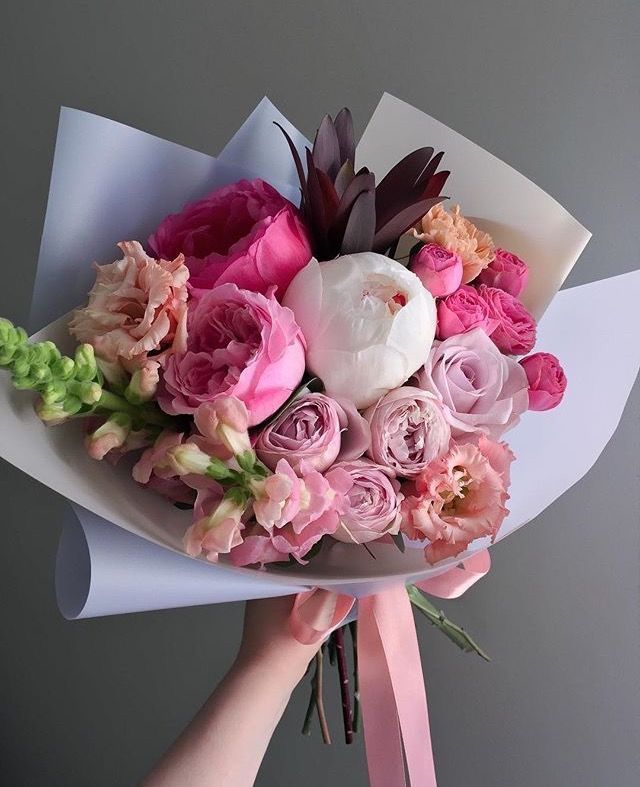
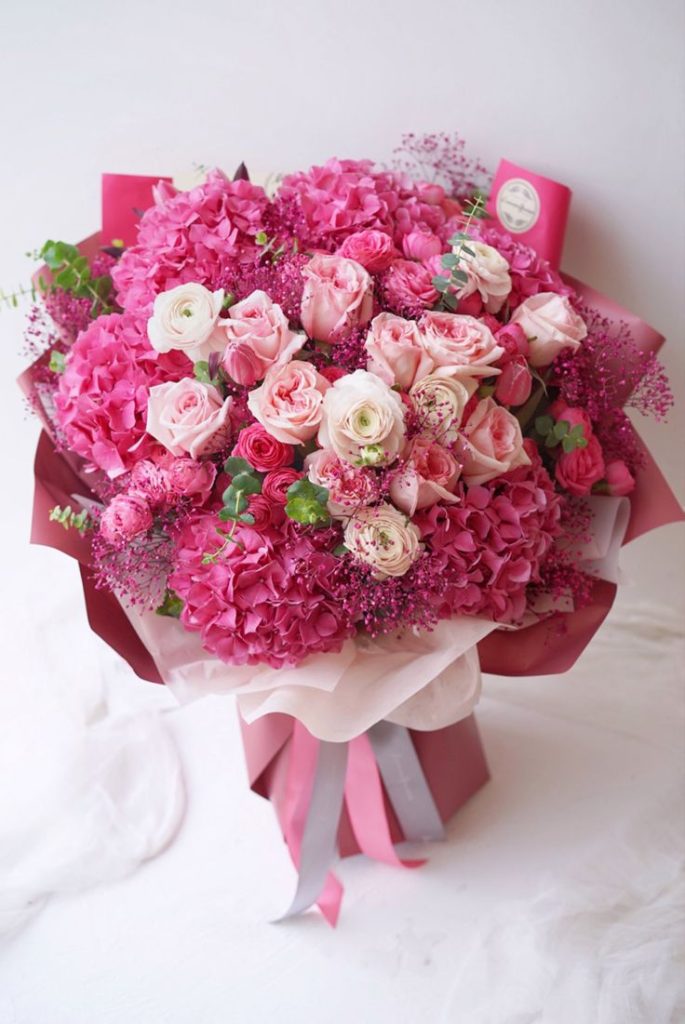
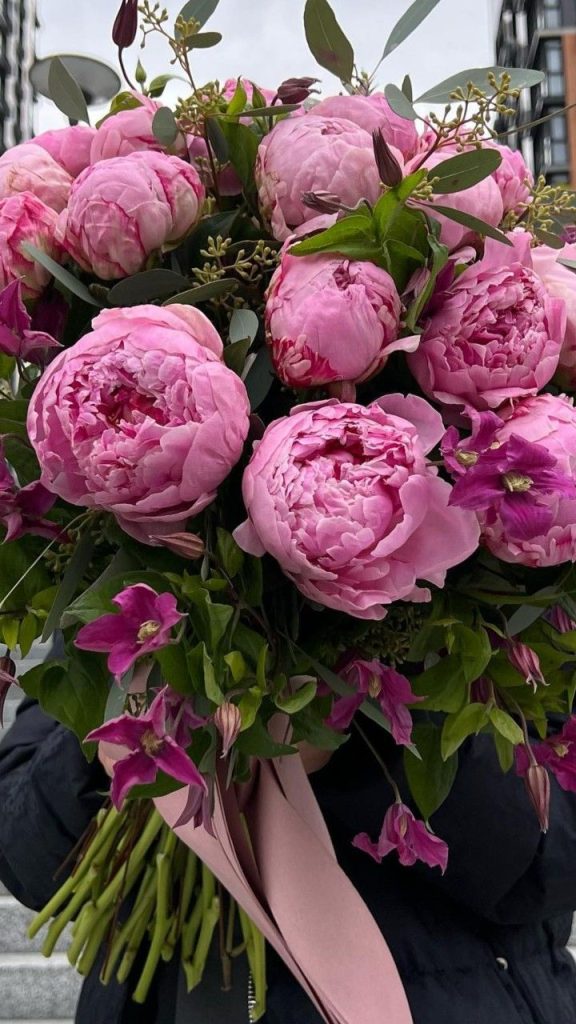
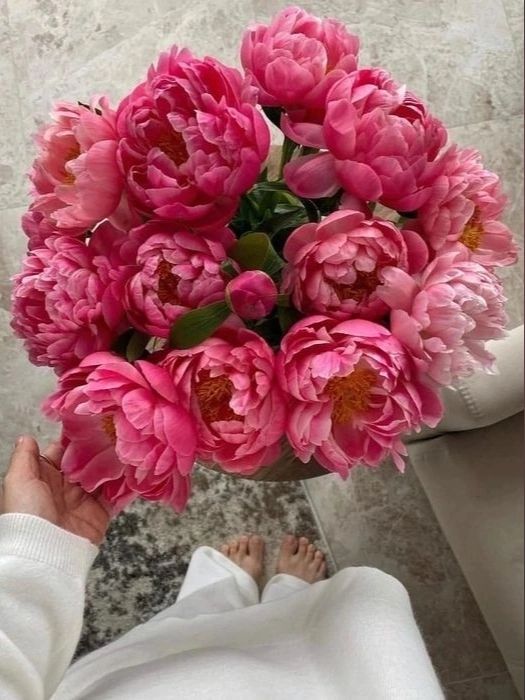
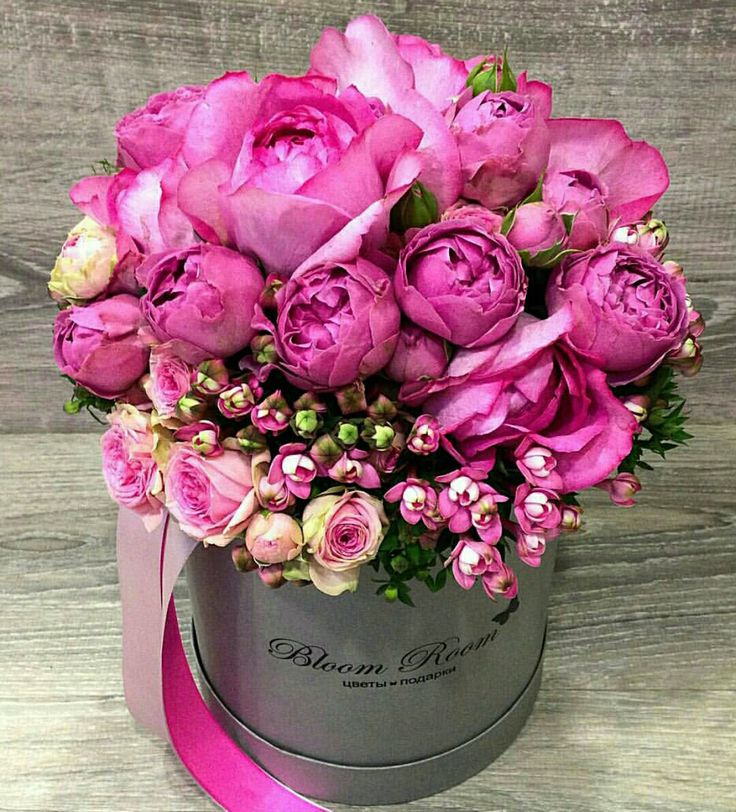
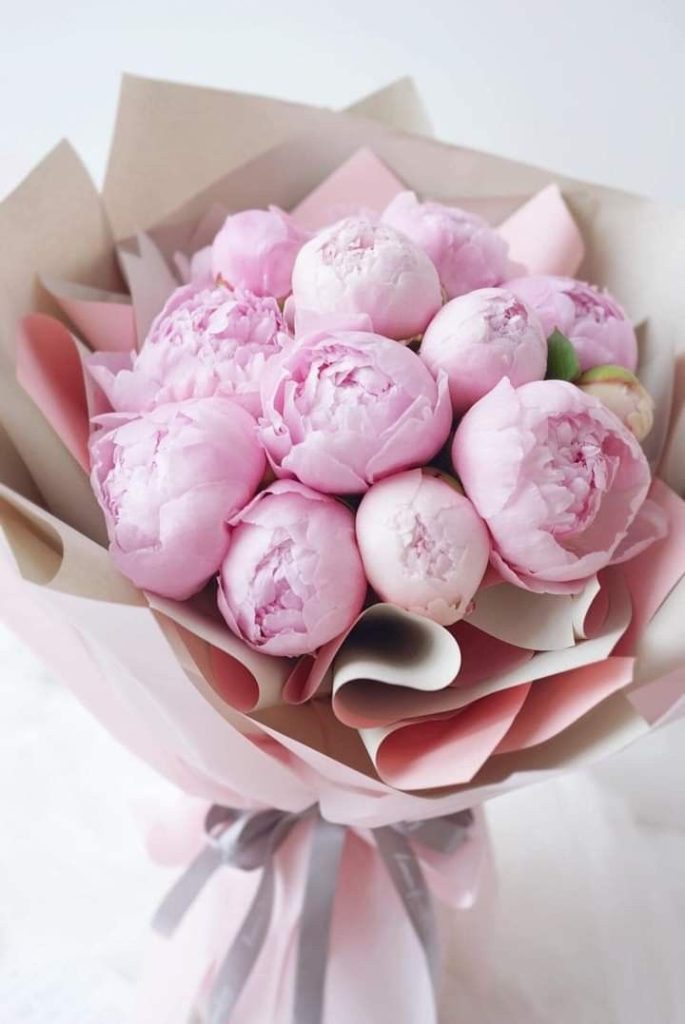
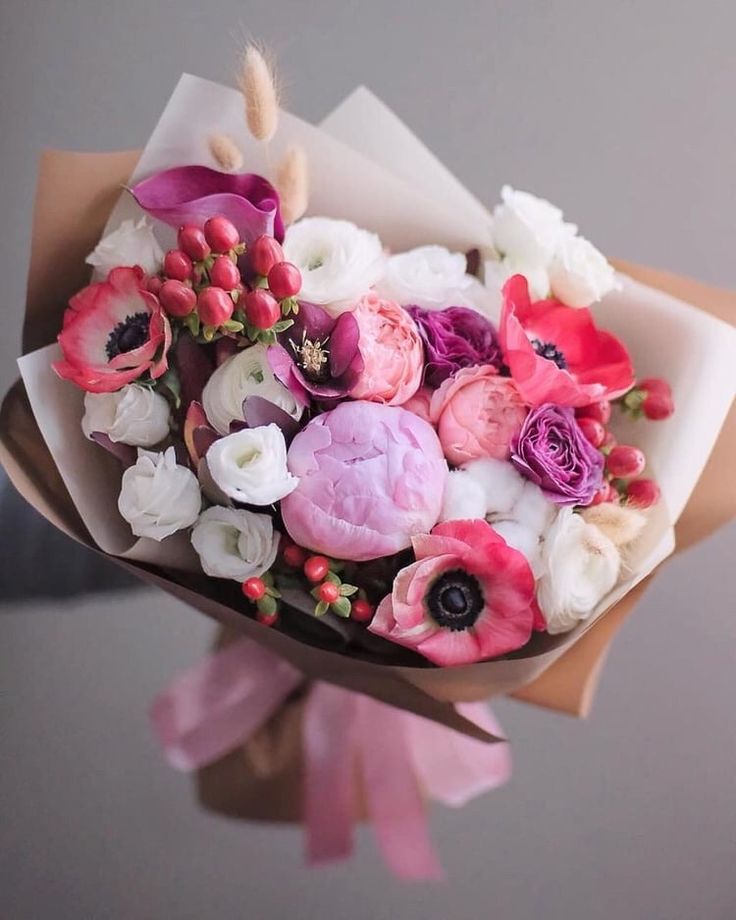
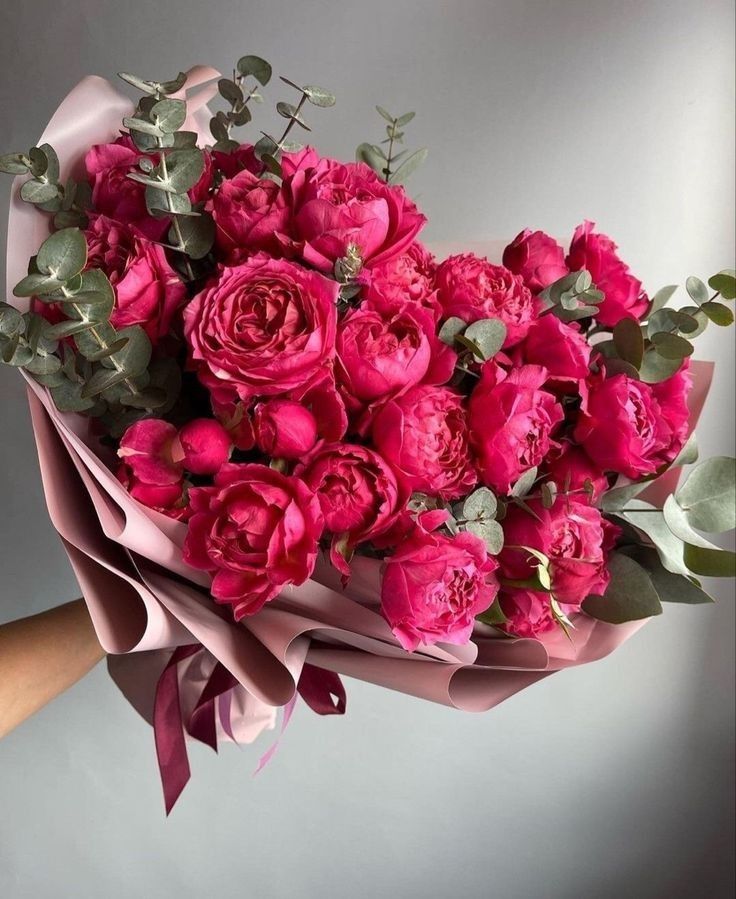
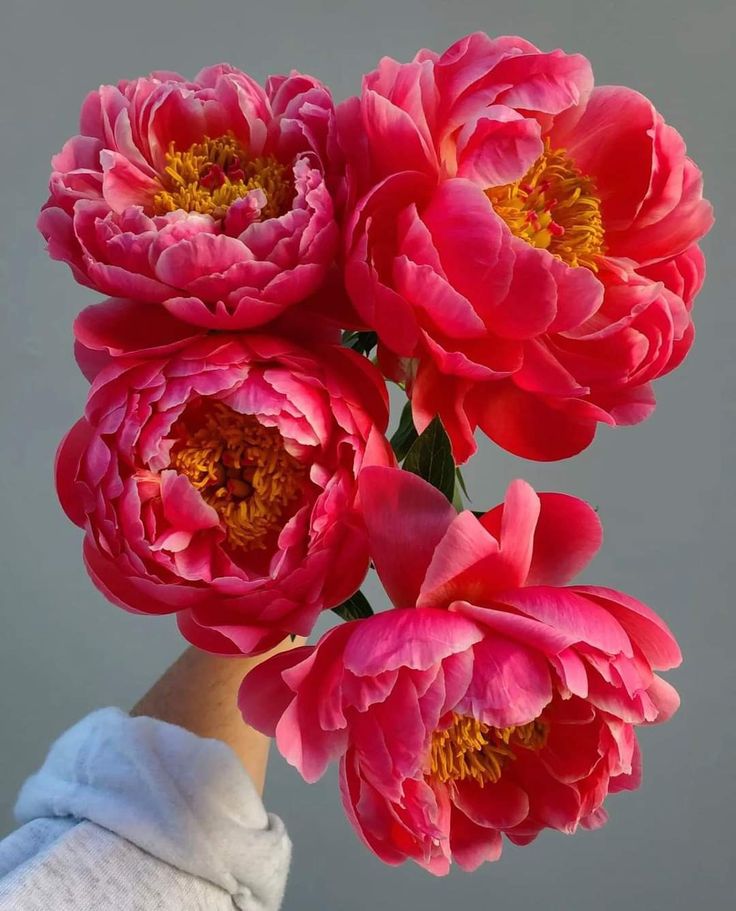
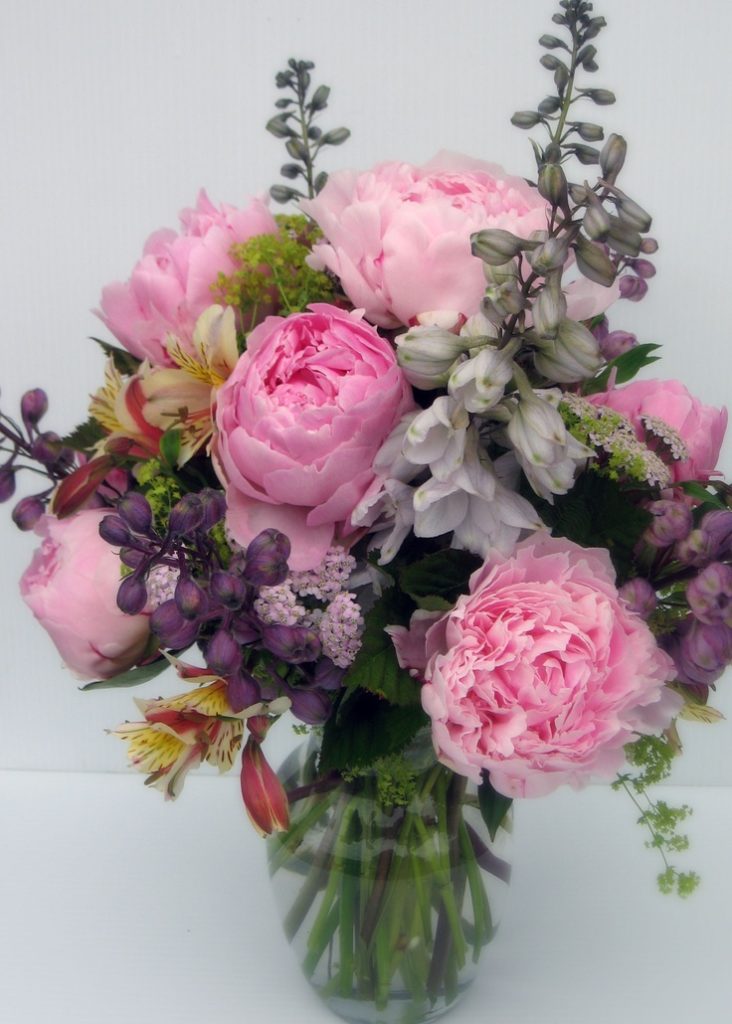
Understanding Companion Planting
Companion planting is the practice of growing certain plants together to benefit one another in various ways, such as pest control, pollination, soil improvement, and space utilization. When it comes to pest control in flower beds, companion planting offers several advantages:
- Attracting Beneficial Insects: Certain plants attract beneficial insects such as ladybugs, lacewings, and predatory wasps, which feed on garden pests like aphids, caterpillars, and whiteflies.
- Repelling Pests: Some plants emit natural compounds or fragrances that repel pests, preventing them from damaging nearby plants. These pest-repellent plants act as natural deterrents against common garden pests.
- Masking Scents: Companion plants with strong scents or volatile oils can help mask the scent of vulnerable plants, making them less attractive to pests. By camouflaging the scent of flowers, these companion plants help protect them from pest infestation.
Companion Planting Strategies for Pest Control
Explore these companion planting strategies for effectively managing pests in your flower beds:
- Planting Nectar-Rich Flowers: Include nectar-rich flowers such as marigolds, cosmos, and zinnias in your flower beds to attract beneficial insects like ladybugs, lacewings, and hoverflies. These insects feed on garden pests like aphids, thrips, and mites, helping to keep pest populations in check.
- Intercropping with Aromatic Herbs: Interplant aromatic herbs such as basil, mint, and rosemary among your flowering plants to repel pests with their strong scents. These herbs emit natural compounds that deter pests like aphids, mosquitoes, and cabbage worms, reducing the risk of infestation in your flower beds.
- Growing Trap Crops: Plant trap crops such as nasturtiums, calendula, and borage near susceptible flowers to attract and divert pests away from your prized blooms. Trap crops act as sacrificial plants, luring pests away from valuable crops and providing an alternative feeding source.
- Companion Planting for Pest Confusion: Pair plants with contrasting scents or textures to confuse pests and disrupt their ability to locate vulnerable plants. For example, interplant onions or chives with roses to mask the scent of roses and deter pests like aphids and thrips.
- Utilizing Alliums as Pest Repellents: Plant alliums such as garlic, onions, and chives around your flower beds to repel a wide range of pests, including aphids, thrips, and slugs. Alliums emit sulfur compounds that deter pests and protect neighboring plants from infestation.
Conclusion
Companion planting for pest control in flower beds offers a natural and sustainable solution for protecting your blooms from common garden pests. By strategically pairing plants that attract beneficial insects, repel pests, or mask the scent of vulnerable plants, you can create a diverse and resilient ecosystem that keeps pests at bay without the need for harmful chemicals. Whether you’re interplanting nectar-rich flowers to attract beneficial insects, growing aromatic herbs to repel pests, or utilizing trap crops to divert pests away from valuable blooms, companion planting empowers you to manage pests effectively while promoting biodiversity and ecological balance in your garden. With thoughtful planning and experimentation, you can create a pest-resistant flower bed that thrives in harmony with nature, providing you with beautiful blooms and a healthier garden environment for years to come.